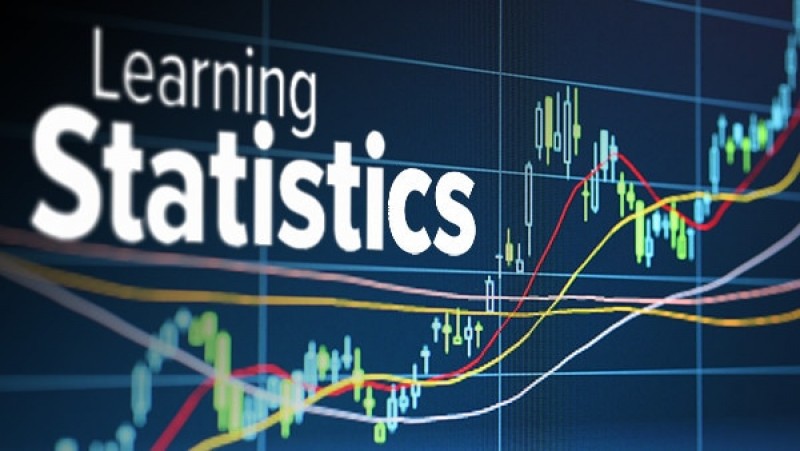
Basic Concepts Of Statistics Course You Should Know
Studying statistics might appear difficult when you are just starting college. You have to learn multiple mathematical calculations and start applying them to big sets of data. Later in the course, you also need to know how to use STATA software to process data. Instead of feeling overwhelmed, you can start with the basics and build your knowledge from there.
- Methods of data analysis
Many students find it helpful to start with the fundamental ways of analyzing data. We have descriptive analytics, which explains why a certain phenomenon occurred and how to use it to achieve certain results in the future. Diagnostic analytics use descriptive statistics to determine the solution to a particular past problem that an institution may be facing. Students also learn predictive analytics, using previous data to make an informed guess about what will occur later. Predictive analytics are very useful for businesses that want to make profitable future decisions.
- Measures of central tendency
Data is processed using several mathematical calculations called the central tendency. Central tendency allows statisticians to summarize large amounts of information into simple data that is easy to comprehend. One can also get a rough idea of the information they are working with before delving deeper into the details. Common measures of central tendency include the mean, which is an average of the numbers. The median is the middle value of a set of data placed in a particular order. The mode is the value that occurs most times in a group of information.
- Probability
Probability might seem like a very complicated subject to master. The smart way to do it is to understand the idea behind all the complex calculations. For instance, a have conditional probability. This measures the chances of something happening concerning another event. Then we have the idea of independent events, whether the likelihood of one of them occurring does not affect another’s probability. Mutually exclusive events are occurrences that cannot happen at the same time. Students also need to familiarize themselves with Bayes’ Theorem, which is the probability of something happening based on prior knowledge of that event.
- Data processing software
If you specialize in data science, you will need to learn programming at one point in your academic career. You do not necessarily need to become a coding expert, but you will benefit from understanding how statistics programs work at the basic level. STATA will be the most widely used software for programmers while handling statistics. Start by learning how the program works and then explore how it is applied in your specific field of interest. For instance, data analysis in medicine will differ from statistical research in commerce and entrepreneurship.
- Practicing the basic concepts
After you have mastered the basics, you have to continue practicing your skills. Individual practice is a great chance to make mistakes and learn from them. It also allows you to familiarize yourself with these techniques and theories apply to data in the real world. Of course, practicing also prepares you for your next exam or class assignment. If you have an upcoming homework deadline and you need help with answering statistics questions, try Homeworkdoer. They have statistics experts who cover all assignment needs.
Conclusion
Students taking a statistics course would benefit greatly from learning these foundational skills first with a much clearer picture of how the field of statistics works; they can then move on to more complicated concepts. The basic knowledge they have will make this process much more enjoyable.